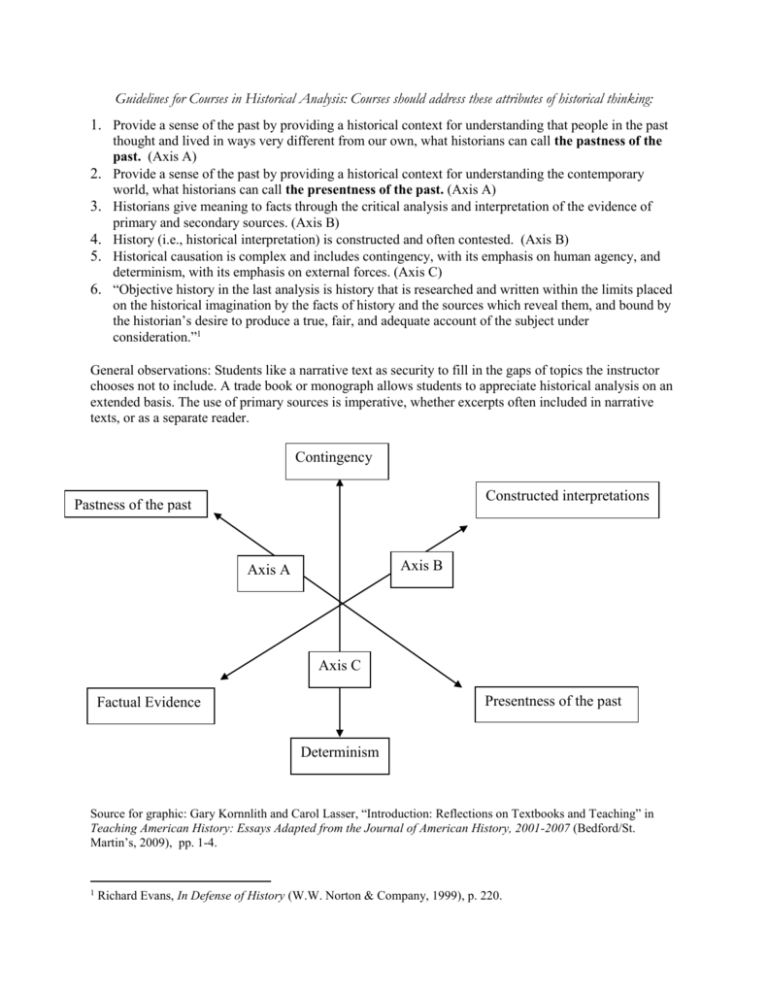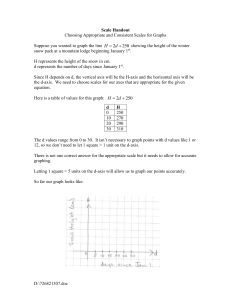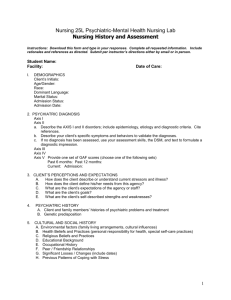Guidelines for Courses in Historical Analysis
advertisement

Guidelines for Courses in Historical Analysis: Courses should address these attributes of historical thinking: 1. Provide a sense of the past by providing a historical context for understanding that people in the past 2. 3. 4. 5. 6. thought and lived in ways very different from our own, what historians can call the pastness of the past. (Axis A) Provide a sense of the past by providing a historical context for understanding the contemporary world, what historians can call the presentness of the past. (Axis A) Historians give meaning to facts through the critical analysis and interpretation of the evidence of primary and secondary sources. (Axis B) History (i.e., historical interpretation) is constructed and often contested. (Axis B) Historical causation is complex and includes contingency, with its emphasis on human agency, and determinism, with its emphasis on external forces. (Axis C) “Objective history in the last analysis is history that is researched and written within the limits placed on the historical imagination by the facts of history and the sources which reveal them, and bound by the historian’s desire to produce a true, fair, and adequate account of the subject under consideration.”1 General observations: Students like a narrative text as security to fill in the gaps of topics the instructor chooses not to include. A trade book or monograph allows students to appreciate historical analysis on an extended basis. The use of primary sources is imperative, whether excerpts often included in narrative texts, or as a separate reader. Contingency Constructed interpretations Pastness of the past Axis B Axis A Axis C Presentness of the past Factual Evidence Determinism Source for graphic: Gary Kornnlith and Carol Lasser, “Introduction: Reflections on Textbooks and Teaching” in Teaching American History: Essays Adapted from the Journal of American History, 2001-2007 (Bedford/St. Martin’s, 2009), pp. 1-4. 1 Richard Evans, In Defense of History (W.W. Norton & Company, 1999), p. 220.











